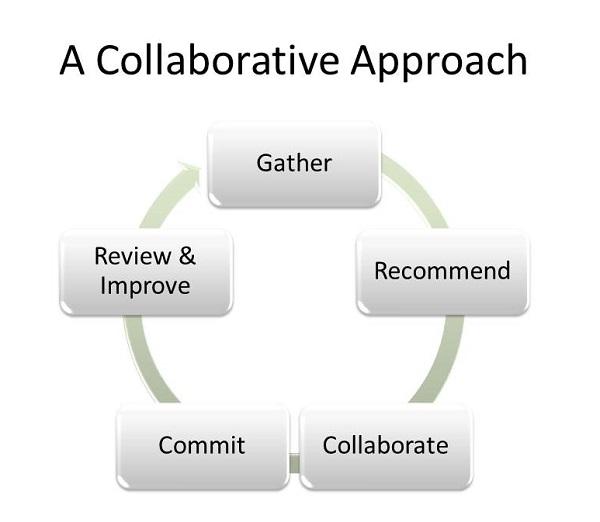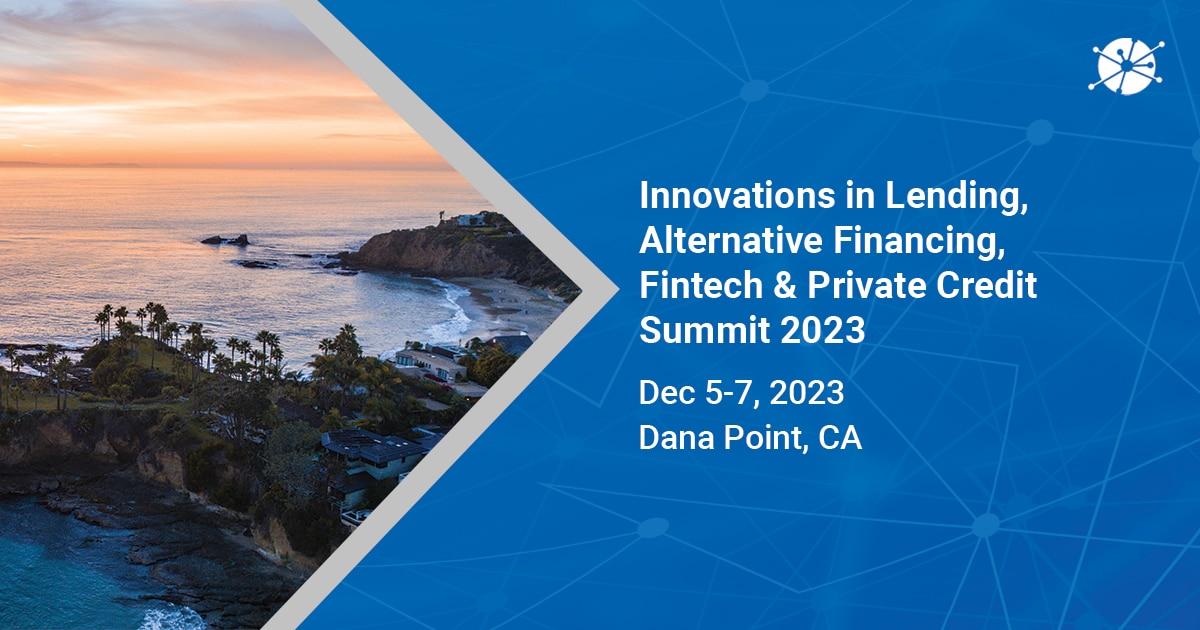As the world continues to navigate the complexities of economic uncertainty and shifting consumer needs, the traditional landscape of lending is undergoing a profound transformation. Gone are the days when banks held a monopoly over financial resources; today, an array of innovative lending models is emerging, challenging the status quo and redefining the way individuals and businesses access capital. This article delves into the heart of these innovations, exploring sustainable lending strategies that not only address immediate financial needs but also prioritize long-term ecological and social well-being. Join us as we examine how technology, community engagement, and ethical practices are coming together to create a lending ecosystem that is not only efficient but also resilient and inclusive, paving the way for a more sustainable future.
Rethinking Credit: Embracing Technology for Inclusive Access
In an era defined by rapid technological advancements, the traditional lending landscape is undergoing a profound transformation. Digital platforms are increasingly championing inclusive access, bridging the gap between lenders and underserved communities. By harnessing data analytics and machine learning, financial institutions can offer personalized loan products that cater to a diverse array of borrowers. This evolution not only enhances credit scoring methodologies but also promotes fair treatment and ensures that individuals who have historically faced barriers to credit can have their stories heard and assessed on merit, rather than conventional metrics.
As we explore these revolutionary lending models, it becomes clear that collaboration between fintech companies and traditional banks is vital for fostering wider access. Innovations such as peer-to-peer lending and microfinance are reshaping the market by prioritizing community impact over profit margins. This shift is underscored by the emergence of platforms that prioritize ethical lending practices, offering benefits like lower interest rates and flexible repayment plans. The table below outlines key features of these innovative lending ecosystems:
| Model | Key Features | Benefits |
|---|---|---|
| Peer-to-Peer Lending | Direct transactions between individuals | Lower fees, personalized terms |
| Microfinance | Small loans for entrepreneurs | Empowerment and job creation |
| Blockchain Financing | Decentralized and transparent | Enhanced security and trust |

Sustainable Practices in Lending: Balancing Profit and Responsibility
In an increasingly interconnected world, the demand for sustainable lending practices has gained momentum. Lenders are beginning to recognize that their operations can significantly impact the environment and society. By integrating sustainability into their core strategies, they not only fulfill their corporate responsibility but also unlock new opportunities for profit. This evolution is exemplified through innovative approaches such as green loans, which finance projects that foster environmental benefits, and impact investing, where returns are aligned with positive social outcomes. By adopting these methods, lenders can create a more resilient financial ecosystem that stimulates both economic growth and ecological stewardship.
A measurable way to gauge the effectiveness of sustainable practices is through the adoption of key performance indicators (KPIs). These metrics help lenders quantify their impact on sustainability while reinforcing their mission to balance profitability with responsibility. Consider the following table highlighting essential KPIs for sustainable lending:
| KPI | Description |
|---|---|
| Carbon Footprint Reduction | Measures the decrease in greenhouse gas emissions from funded projects. |
| Social Impact Score | Evaluates the societal benefits resulting from loan financing, such as job creation. |
| Renewable Energy Financing | Percentage of loans directed towards renewable energy projects. |
Incorporating these KPIs into the lending process not only enhances accountability but also reinforces a lender’s commitment to sustainable growth. By aligning financial incentives with environmental and social objectives, financial institutions are increasingly proving that profitability and responsibility can coexist, thereby paving the way for a more sustainable future.

The Role of Data Analytics: Enhancing Decision-Making and Risk Assessment
In the rapidly evolving landscape of lending, data analytics has emerged as a pivotal element driving smarter decision-making. By harnessing vast amounts of data, financial institutions can now analyze borrower behavior, payment patterns, and market trends with unprecedented precision. This analytical power allows lenders to identify potential defaults early, streamline approval processes, and create customized loan products tailored to individual needs. Some key benefits include:
- Enhanced Customer Insights: A deeper understanding of client profiles leads to personalized engagements.
- Predictive Modeling: Anticipates borrower behaviors, enabling proactive risk management.
- Efficiency Gains: Automates processes to reduce time-to-approval and improve operational workflows.
Moreover, the integration of data analytics into risk assessment frameworks is transforming traditional methodologies. By employing advanced algorithms and machine learning techniques, lenders can create dynamic risk profiles that evolve with changing economic landscapes. Consider the following data-driven strategies:
| Strategy | Benefit |
|---|---|
| Behavioral Scoring | Evaluates risk based on historical behavior rather than solely credit scores. |
| Market Sentiment Analysis | Incorporates real-time economic indicators to adjust risk assessments continuously. |

Collaborative Approaches: Building Partnerships for Sustainable Lending Solutions
In today’s rapidly changing financial landscape, the need for innovative partnerships among various stakeholders is more pressing than ever. Institutions, from non-profits to fintech companies, are recognizing the value of joining forces to tackle the challenges of sustainable lending. By combining their unique strengths and resources, these partnerships can create a more resilient ecosystem. Collaborative ecosystems thrive on the following principles:
- Shared Knowledge: Leveraging collective expertise fosters innovation.
- Resource Efficiency: Pooling resources reduces operational costs and risk.
- Community Focus: Partnerships can address local needs more effectively.
Moreover, establishing a collaborative framework encourages the development of tailored lending solutions that resonate with diverse communities. By employing data-driven strategies and social impact metrics, partners can ensure that their initiatives not only yield financial returns but also cultivate social responsibility. To illustrate this approach, consider the following model for successful partnerships:
| Partner Type | Contribution | Expected Outcome |
|---|---|---|
| Financial Institutions | Capital and risk assessment | Affordable lending products |
| Non-Profits | Community engagement and support | Increased outreach and trust |
| Technology Firms | Innovative lending platforms | Streamlined processes and customer experience |
Concluding Remarks
In closing, as we navigate the ever-evolving landscape of lending, it becomes clear that innovation is not merely an option, but a necessity for future sustainability. The traditional models we once relied on are being reimagined through the lens of technology and inclusivity, fostering a financial ecosystem that is both resilient and responsive to the needs of diverse populations. By embracing these innovative approaches, we not only enhance access to capital but also foster a sense of responsibility and trust within communities.
As we stand at the crossroads of possibility, it is imperative for stakeholders—lenders, policymakers, and borrowers alike—to collaborate and co-create solutions that resonate with the aspirations of today’s society. The journey of transforming lending is a collective endeavor, one that holds the promise of bridging gaps, mitigating risks, and paving the way for a more equitable financial future.
In this unfolding narrative, the call to action is clear: let us champion models that prioritize sustainability and inclusivity, recognizing that the lending landscape of tomorrow must be built on the principles of innovation, integrity, and partnership. The future is not just a destination; it is a journey we embark on together, and the time to innovate and inspire is now.
